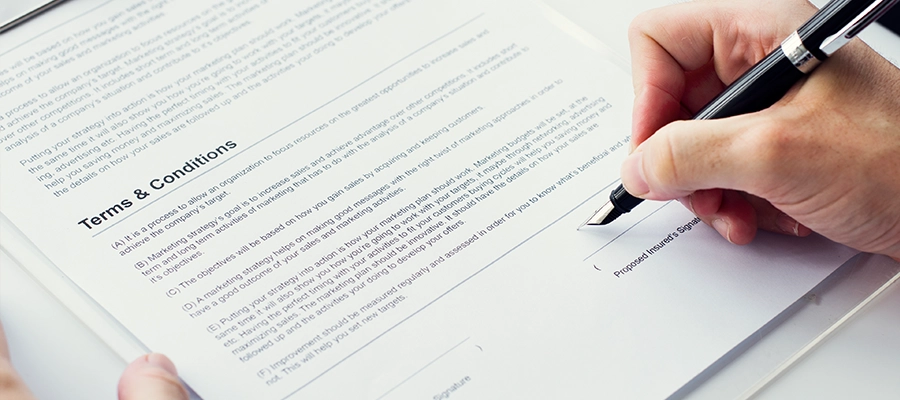Blog Content Overview
Unlock the Secrets to Efficiently Drive B2B SaaS Sales – Boost Your Revenue Now
B2B SaaS or Business to Business Software as a Service is a cloud-based software distribution model that allows companies to sell access to their software to other businesses. Rather than downloading software to a desktop PC, businesses can access SaaS products through an internet application or web browser. B2B SaaS products can include any kind of software such as office management, customer support or communication software used within a business.
Here are some advantages of B2B SaaS that make it valuable to a business:
- Accessibility: B2B SaaS products can be accessed from any web browser, allowing businesses to manage operations effectively without the need to be at a specific location or operating system.
- Automatic updates: As a cloud-based service, B2B SaaS businesses can automatically update the product without impacting the user’s operations. Additionally, with cloud-based applications, there is no requirement for storage or hardware on the end-users side.
- Data capture and analytics: Since B2B SaaS software is centralized and automated, it is easier to capture data and provide in-depth analytics.
- Cost-effective: B2B SaaS eliminates the need for businesses to own products, systems, and hardware that can be costly.
- Efficient operations: B2B SaaS allows businesses to automate internal functions and operations at a relatively low cost.
Examples of some B2B SaaS Companies are:
- HubSpot: A cloud-based inbound marketing and sales platform that provides tools for CRM, web analytics, content management, SEO, and social media analytics.
- Google: Famous for its search engine, Google also owns and operates more than 130 different SaaS products. Some of Google’s services include a search engine, online advertising, document creation, digital analytics, and other services.
While B2B SaaS and B2C SaaS sales and marketing share the same end goal of helping customers, there are many differences in the process that make the need for a strong sales strategy important.
The B2B SaaS sales cycle is much longer and more complex than the B2C SaaS sales cycle. Businesses generally have more than one buyer on a team communicating with many sales reps and maybe even sales teams, where consumer purchases are usually done between one customer and one sales rep. With B2C SaaS, a user can directly input their credit card information and start using the product, while a B2B SaaS deal often requires a demo and onboarding process.
As B2B SaaS companies grow, they usually deploy an enterprise sales team that enables them to effectively target enterprise-sized companies who have unique needs.
B2B SaaS Selling Tactics
For startups finding the right marketing strategy that will attract new sales and build brand awareness can be challenging. From targeting the right audience to preparing sales teams for a competitive market, marketers may find it challenging to get their SaaS product in customers’ hands.
Some of the sales tips and marketing strategies used in B2B SaaS sales that can help any startup succeed are:
- Position your software around competitor brands: The SaaS market is incredibly competitive. To meet company sales goals, marketers need to elevate their company above the competition. To do so, this often requires positioning your software above and against your competitors. Use data-based metrics to prove why your SaaS products are the superior choice for meeting your client’s needs. This could mean using case studies or conducting surveys.
- Focus on customer retention: As business needs and software solutions are constantly changing, building a strategy that includes customer retention could set your business apart from others. To ensure that your business is well-positioned, continue to prove to customers why your software fits their needs. To encourage customer retention, SaaS sales reps
Best Practices for Selling B2B SaaS Effectively
Curate a Targeted Portfolio
In a digital marketplace flooded with too many options, B2B SaaS buyers can quickly become overwhelmed. To effectively address their pain points and boost revenue, start small with software that is highly targeted to potential customers. By curating the choices buyers have, you act as an expert advisor, steering them to solutions that will work best for them. As your software ecosystem evolves with services targeted to different buyer segments, you can significantly increase your marketplace’s revenue.
Highlight the Value of Your App
Never assume potential buyers understand the value of your app. To stand out from the competition, clearly communicate how your B2B SaaS offerings are relevant and different. Don’t overlook the obvious benefits your app provides, as these may not be as clear to potential buyers as they are to you.
Bundle Apps with Core Services
While buyers love a good deal, multi-app bundles can complicate the sales message and cycle in B2B SaaS. Instead, package apps with your core services. For instance, a telecom provider bundled a mobile broadband subscription with a tablet device and Microsoft Office 365, generating 1,500 active users in just a few months. Avoid attempting to solve too many challenges simultaneously, which makes the offer too complex and the business use unclear.
Use a Human Touch to Sell
While consumer devices have programmed us to believe apps sell themselves, this isn’t the case with B2B SaaS. Buyers need human assistance to make informed decisions.
Sell Solutions
To effectively sell B2B SaaS, put potential customers and their challenges first. Sales teams need to adopt a different mindset and focus on how the SaaS product can help customers solve their issues, leading to further growth for both the customer and the company. By prioritizing solutions, instead of speeds and feeds, you can sell B2B SaaS effectively.
We Are Problem Solvers. And Take Accountability.
Related Posts


Compliance Calendar – July 2025 (Checklist & Deadlines)
Sync with Google CalendarSync with Apple Calendar As we enter the second half of 2025, staying compliant with various financial,...
Learn More

Conversion of Partnership Firm to LLP – Step by Step Process
For many entrepreneurs in India, a partnership firm serves as the foundational legal structure for their business ventures. However, as...
Learn More

Memorandum of Association – MoA Clauses, Format & Types
The Memorandum of Association (MOA) is one of the most essential documents in the company incorporation process, forming the foundation...
Learn More











